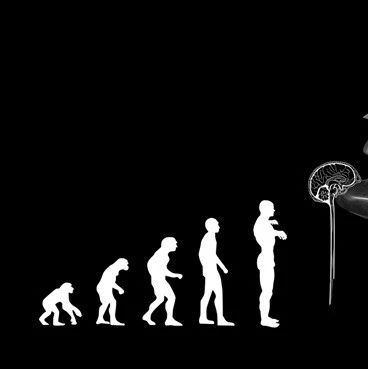导读:日本自治医科大学教授矢田俊彦率领的研究小组日前宣布,他们发现了人体进食后部分物质如何使大脑产生吃饱的感觉。进一步的研究有望让研究人员开发出新疗法治疗暴食和肥胖等病症。

此前的研究已发现,人体进食时,在作为食欲中枢的丘脑下部室旁核中,一种称为“nesfatin-1”的蛋白质会增加,让人产生吃饱感。但具体机制如何运作一直是个谜。
研究人员在小鼠身上进行实验来探究这一机制,他们从小鼠的室旁核中取出脑神经细胞,标定了一些含有“nesfatin-1”蛋白质的细胞,并发现这种细胞能与高浓度的葡萄糖和胰岛素发生反应并被激活。由于人们进食米饭和面包等碳水化合物后,血液中的葡萄糖和胰岛素的浓度会增加,因此上述的反应可能是大脑产生吃饱感的部分原因。
研究小组刊登在学术期刊《生物化学和生物物理研究通讯》(Biochemical and Biophysical Research Communications)网络版上的报告说,如果今后能弄清蛋白质的氨基酸和类脂化合物对吃饱感有何影响,以及进食时间不同导致的吃饱感差异,就有望开发出新疗法对暴食、肥胖等病症进行有效治疗。

Biochemical and Biophysical Research Communications - Glucose and insulin induce Ca2+ signaling in nesfatin-1 neurons in the hypothalamic paraventricular nucleus
Darambazar Gantulgaa, , Yuko Maejimaa, , Masanori Nakataa, , Toshihiko Yadaa, b, ,
Nucleobindin-2 derived nesfatin-1 in the hypothalamic paraventricular nucleus (PVN) plays a role in inhibition of feeding. The neural pathways downstream of PVN nesfatin-1 have been extensively investigated. However, regulation of the PVN nesfatin-1 neurons remains unclear. Since starvation decreases and refeeding stimulates nesfatin-1 expression specifically in the PVN, this study aimed to clarify direct effects of meal-evoked metabolic factors, glucose and insulin, on PVN nesfatin-1 neurons. High glucose (10 mM) and insulin (10−13 M) increased cytosolic calcium concentration ([Ca2+]i) in 55 of 331 (16.6%) and 32 of 249 (12.9%) PVN neurons, respectively. Post [Ca2+]i measurement immunocytochemistry identified that 58.2% of glucose-responsive and 62.5% of insulin-responsive neurons were immunoreactive to nesfatin-1. Furthermore, a fraction of the glucose-responsive nesfatin-1 neurons also responded to insulin, and vice versa. Some of the neurons that responded to neither glucose nor insulin were recruited to [Ca2+]i increases by glucose and insulin in combination. Our data demonstrate that glucose and insulin directly interact with and increase [Ca2+]i in nesfatin-1 neurons in the PVN, and that the nesfatin-1 neuron is the primary target for them in the PVN. The results suggest that high glucose- and insulin-induced activation of PVN nesfatin-1 neurons serves as a mechanism through which meal ingestion stimulates nesfatin-1 neurons in the PVN and thereby produces satiety.
文献链接:https://www.sciencedirect.com/science/article/pii/S0006291X12005396








